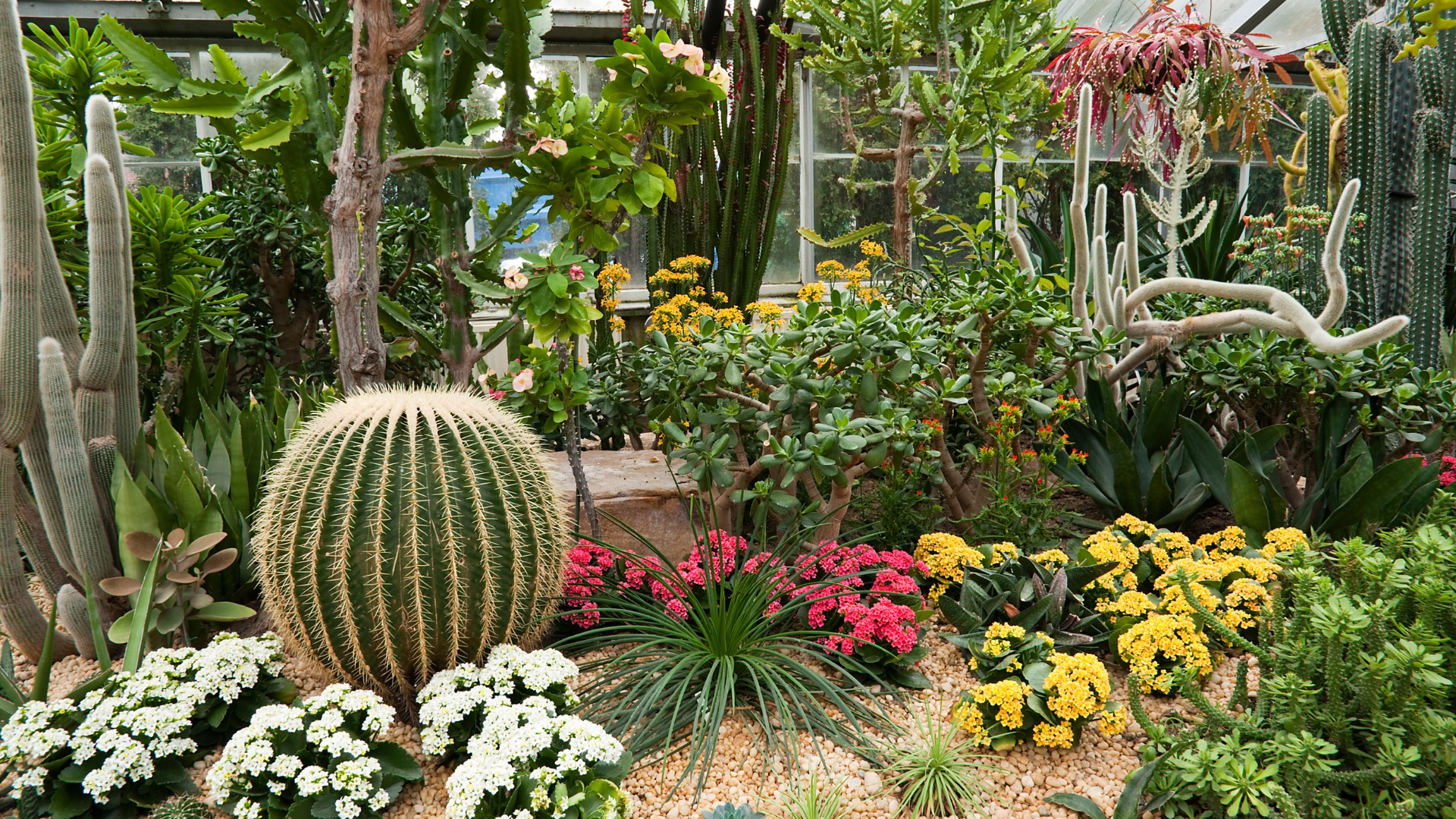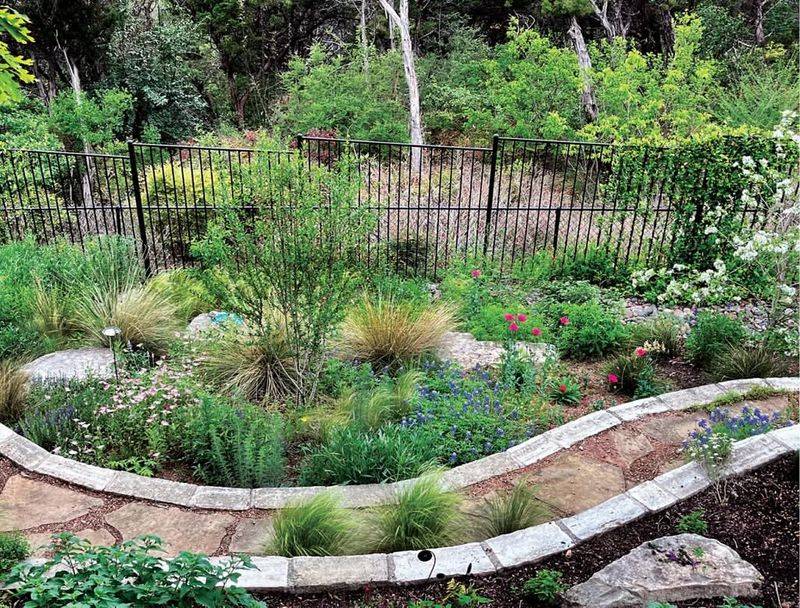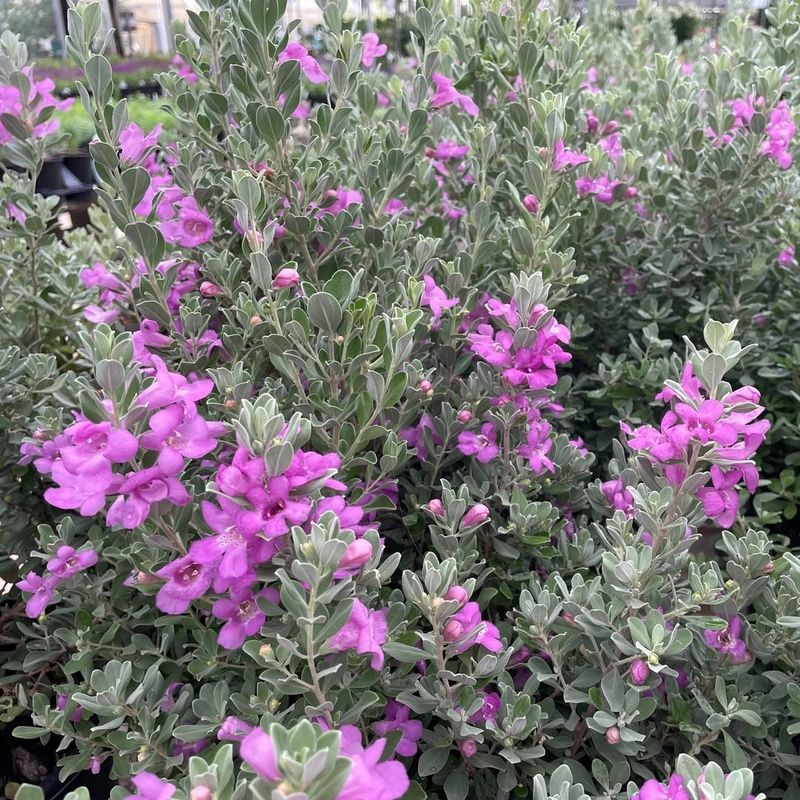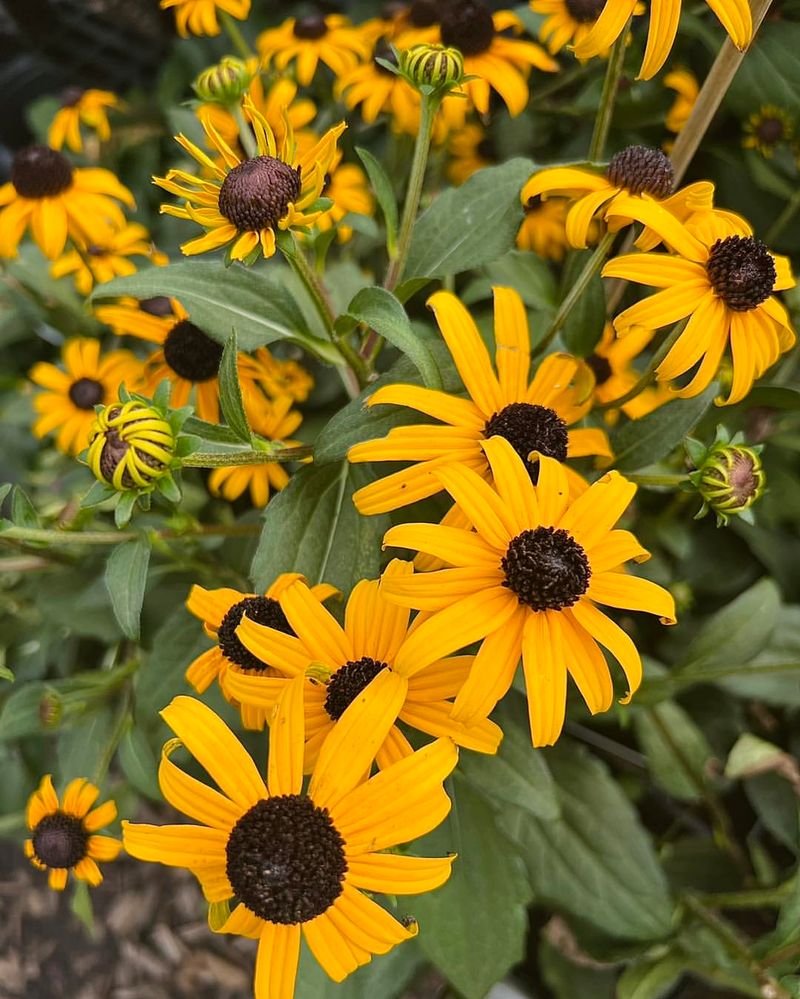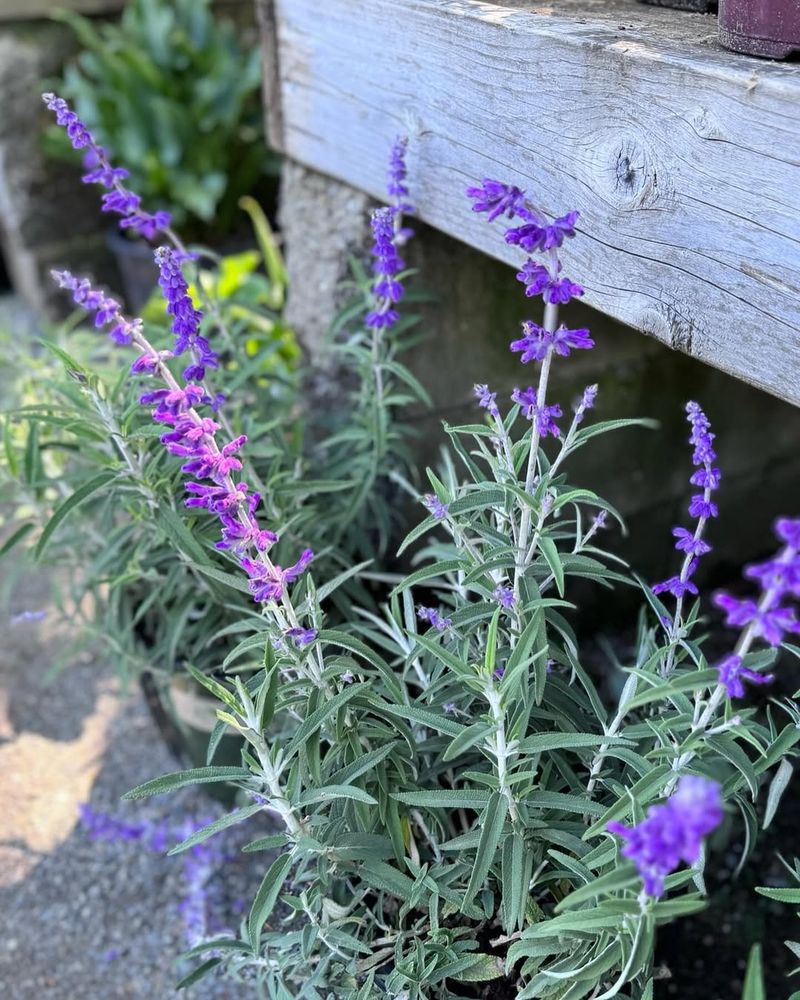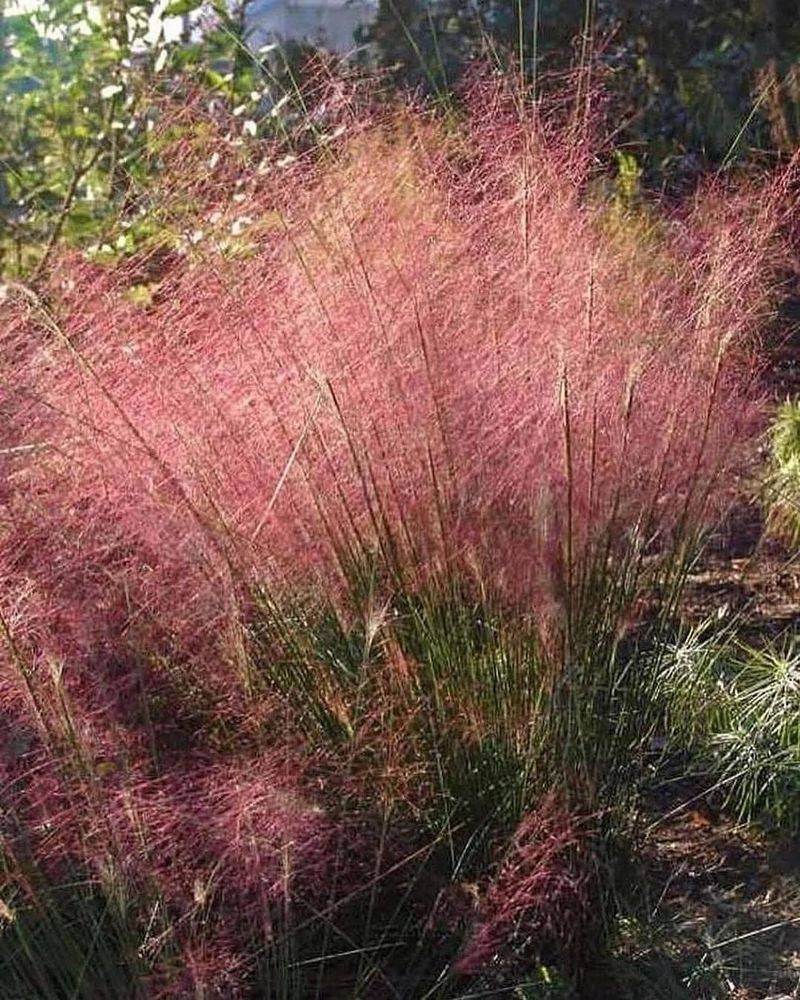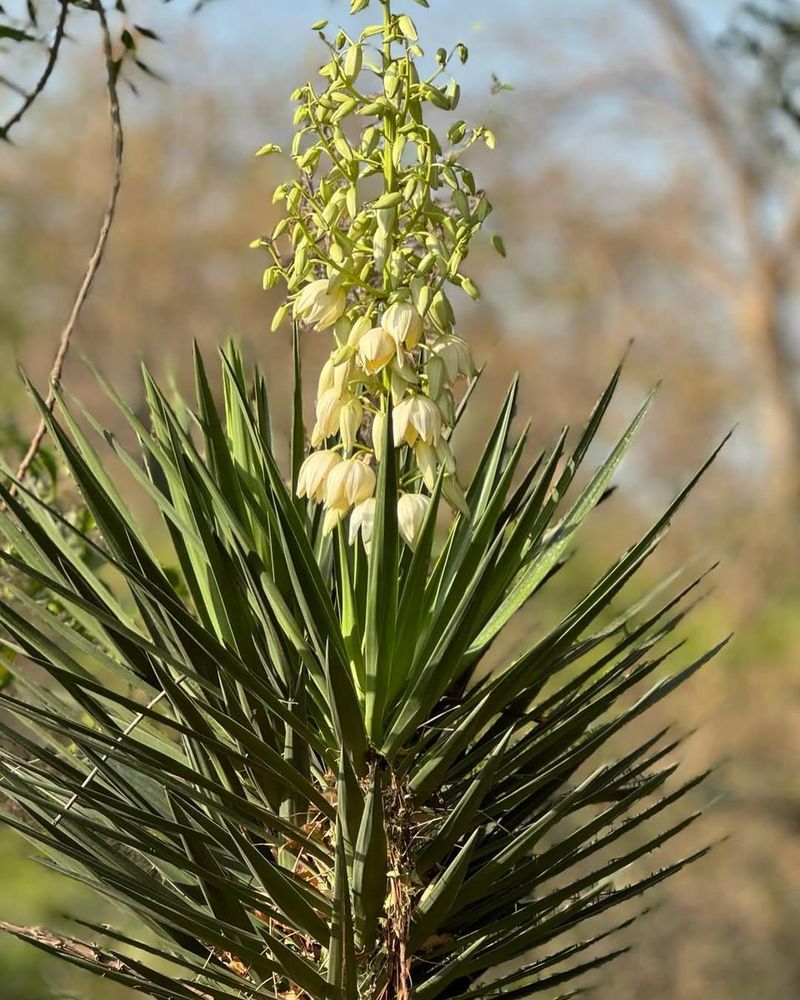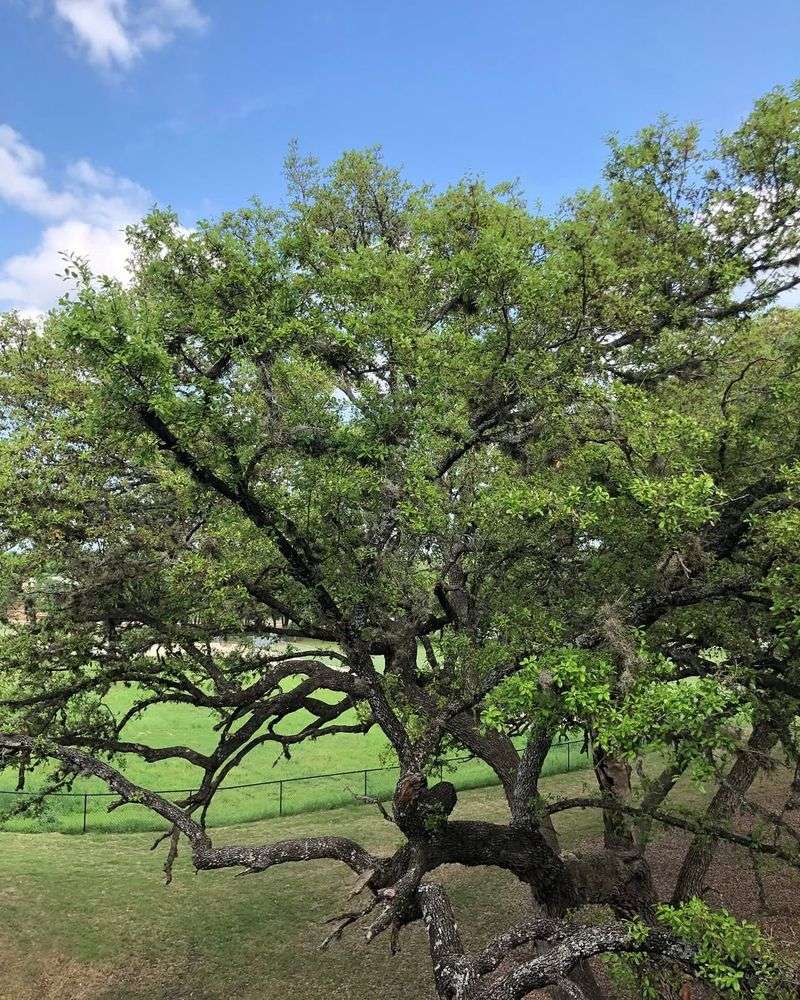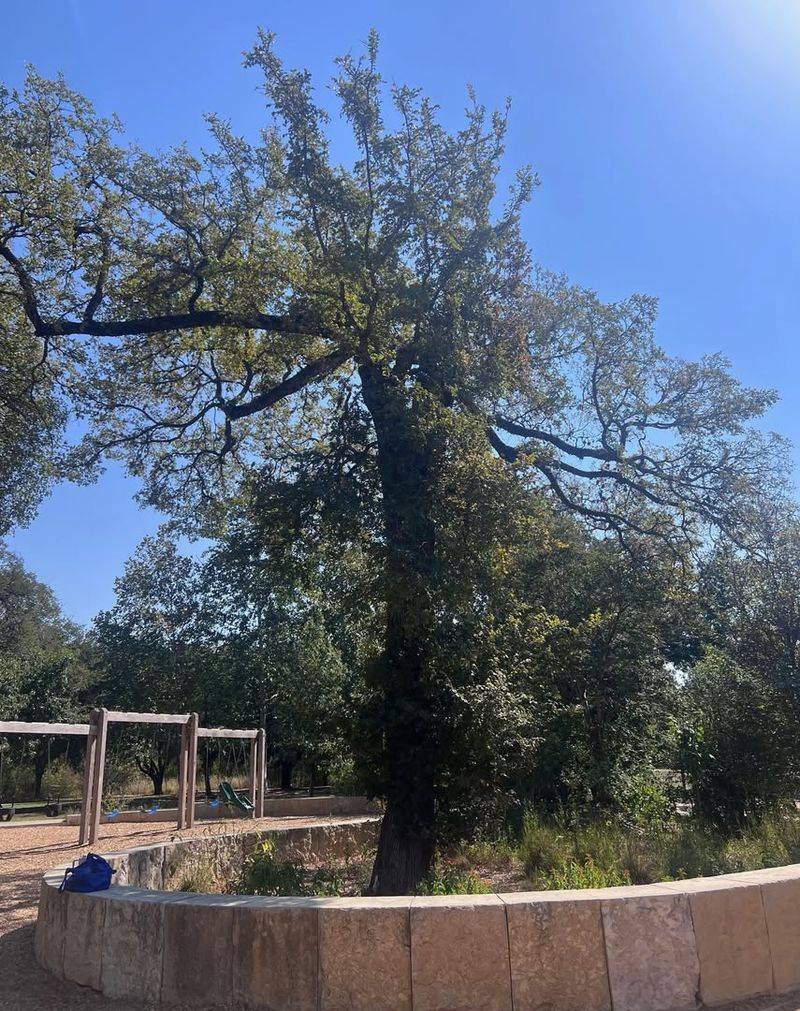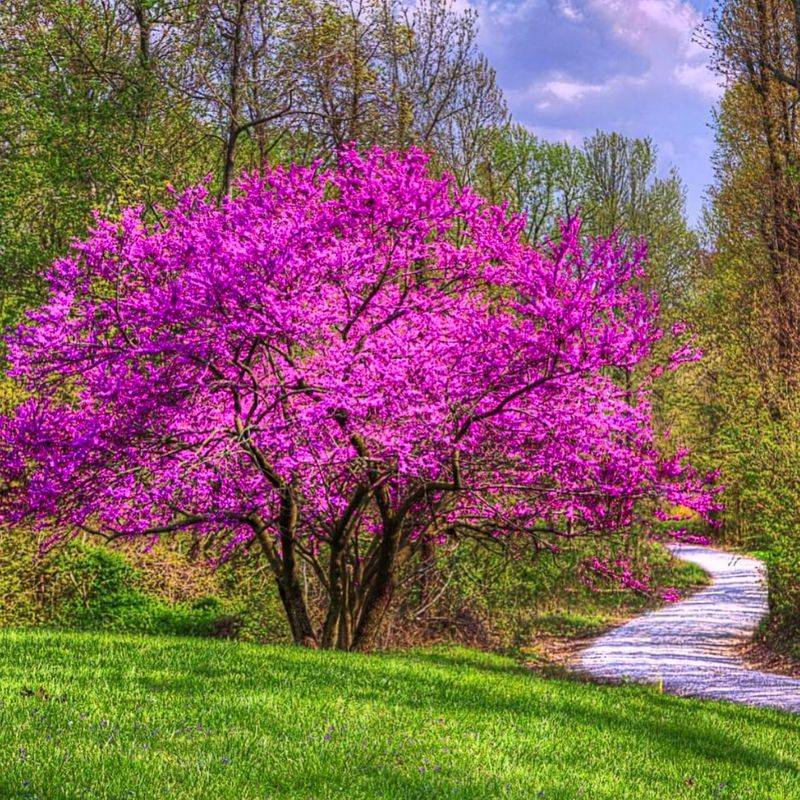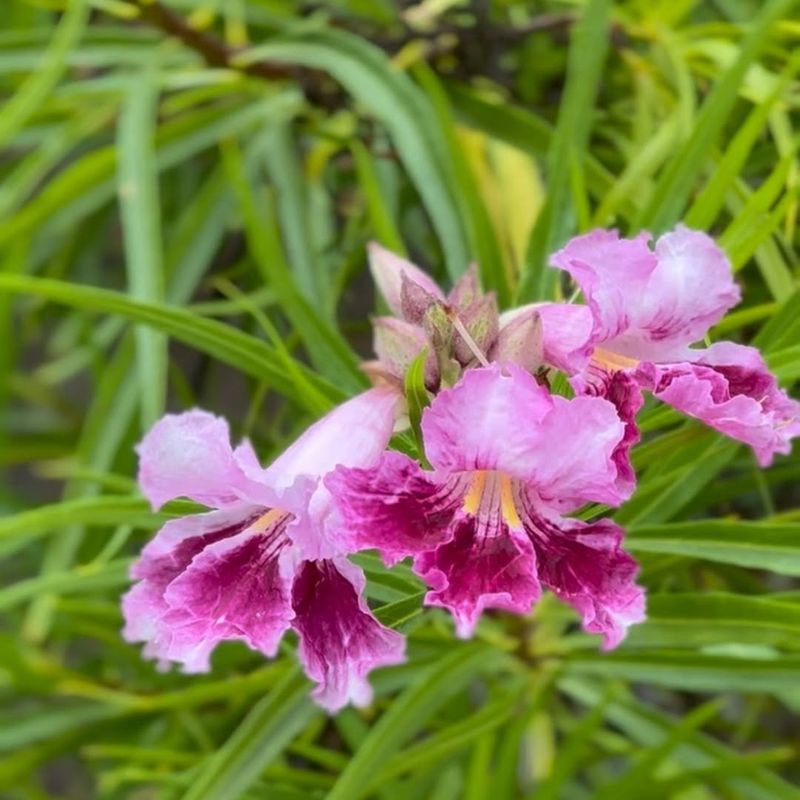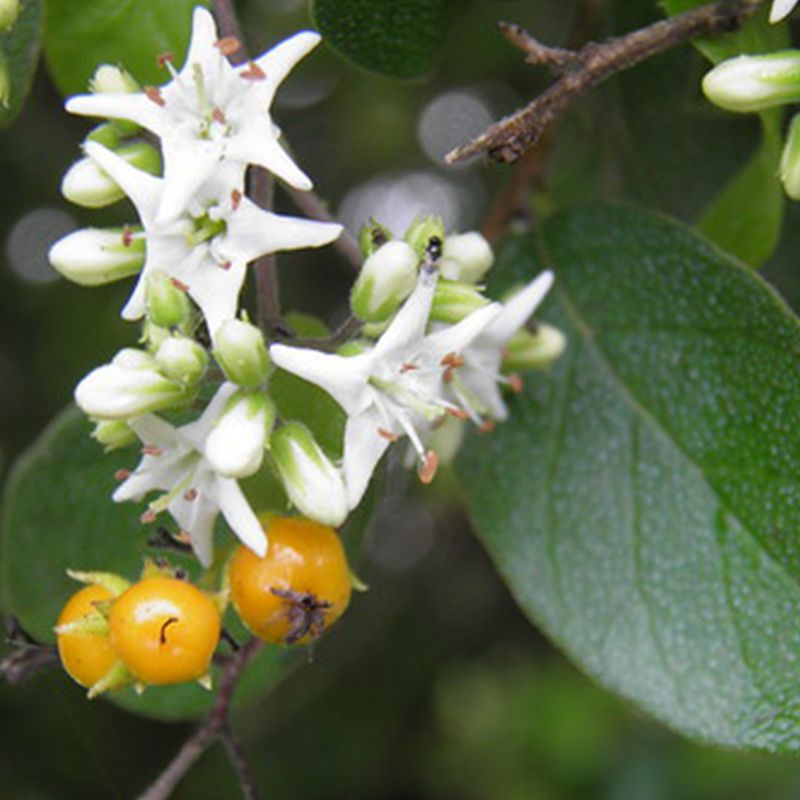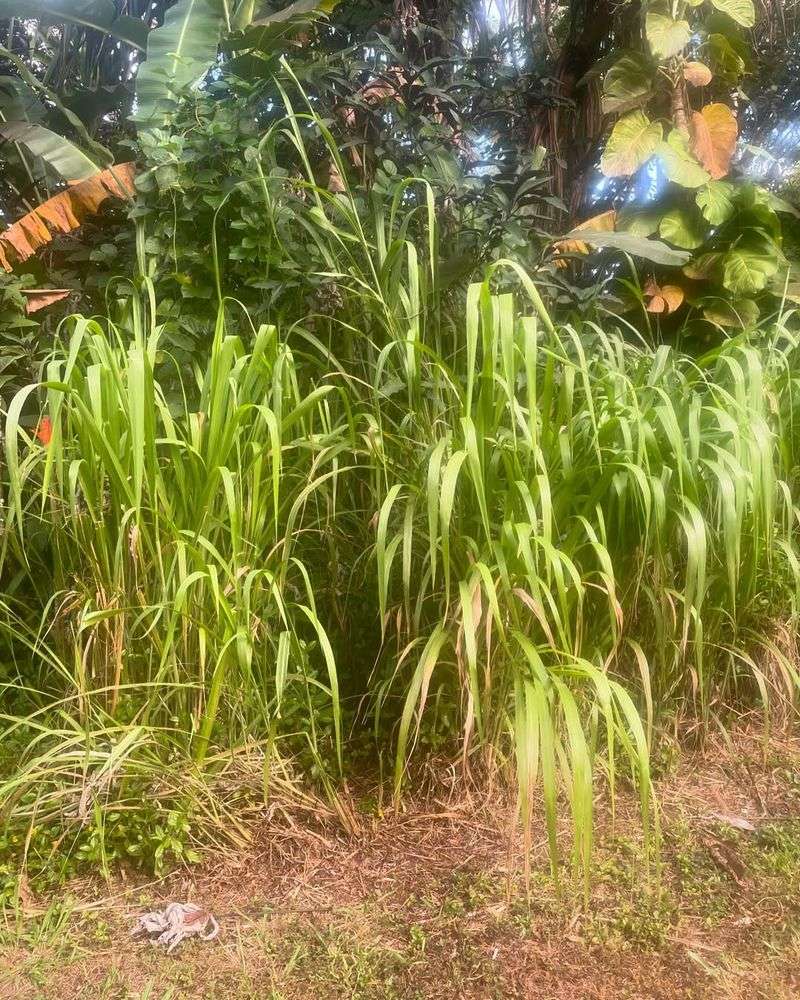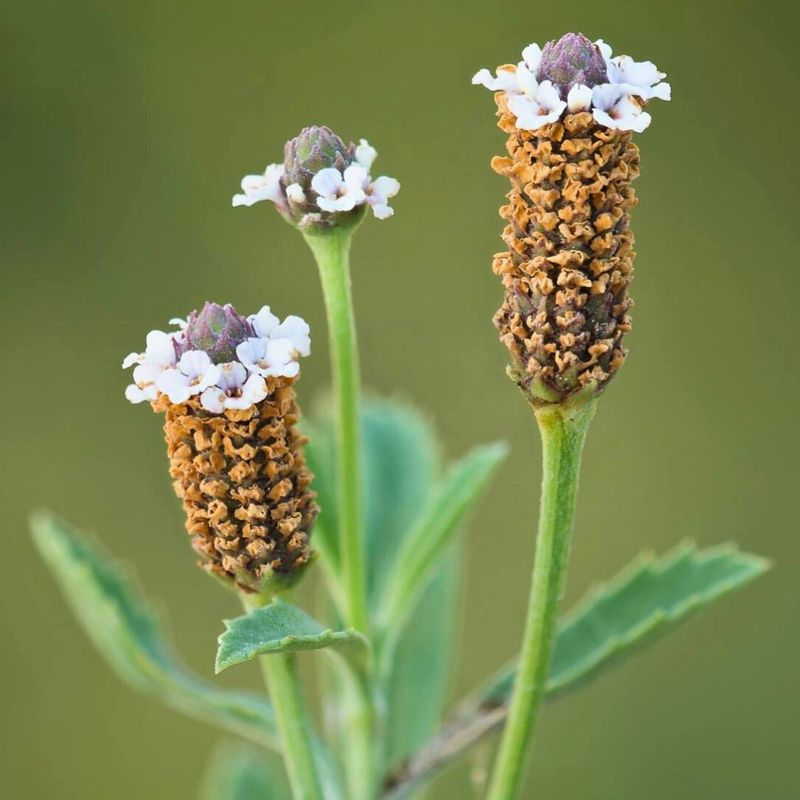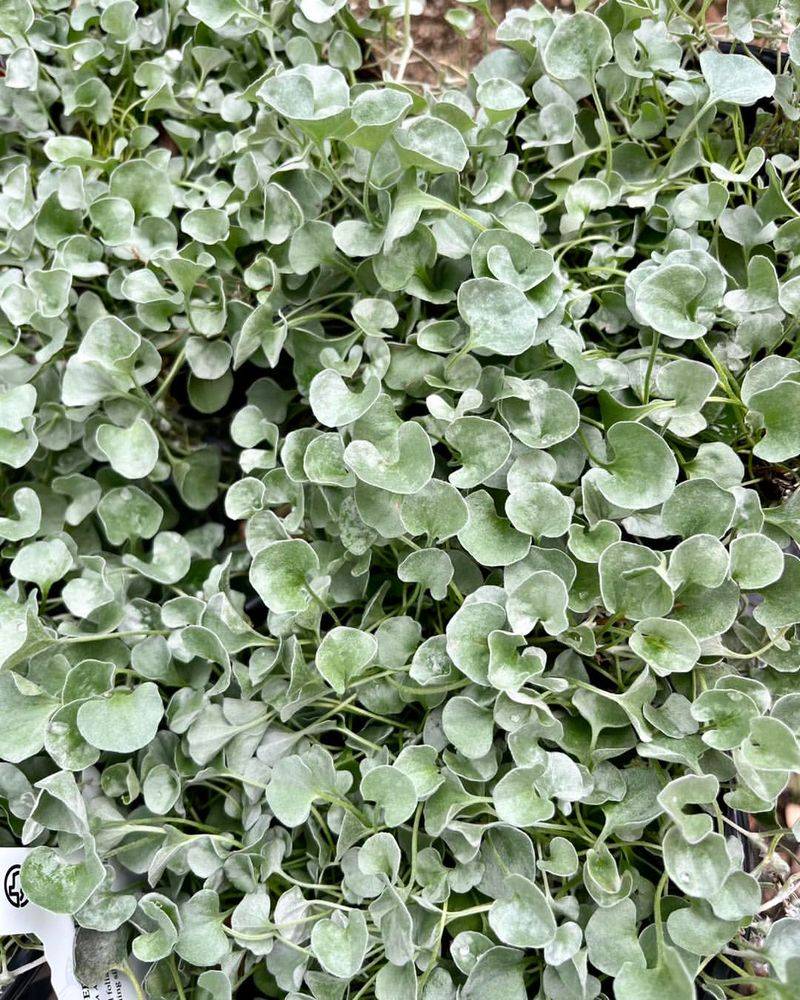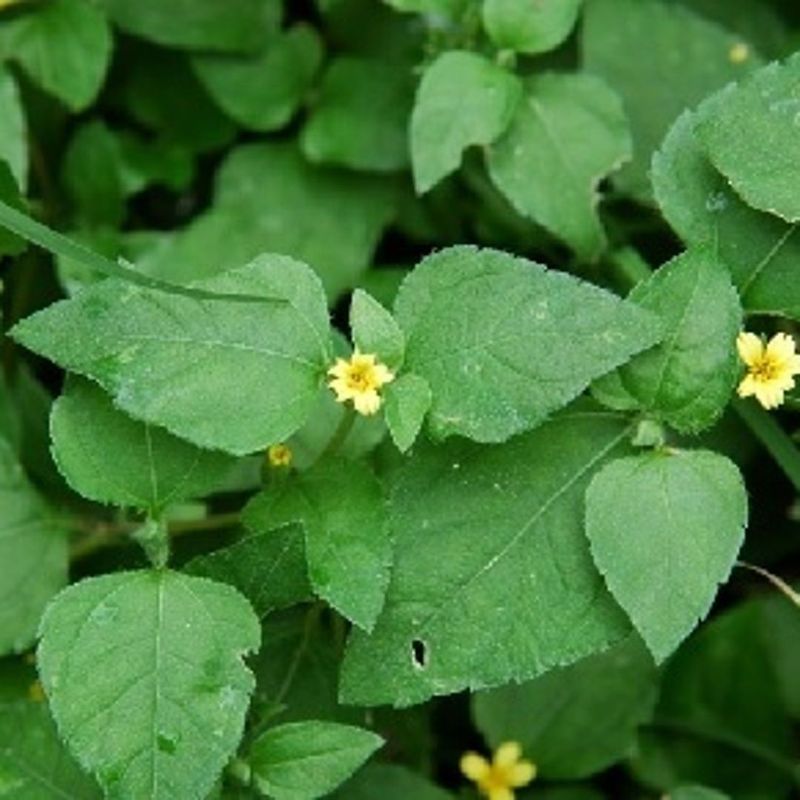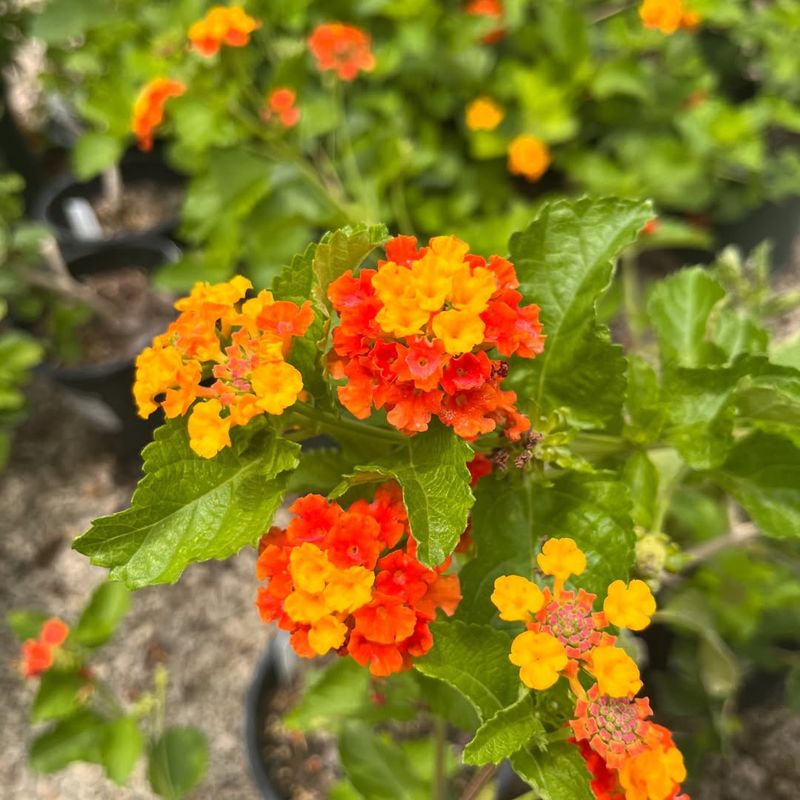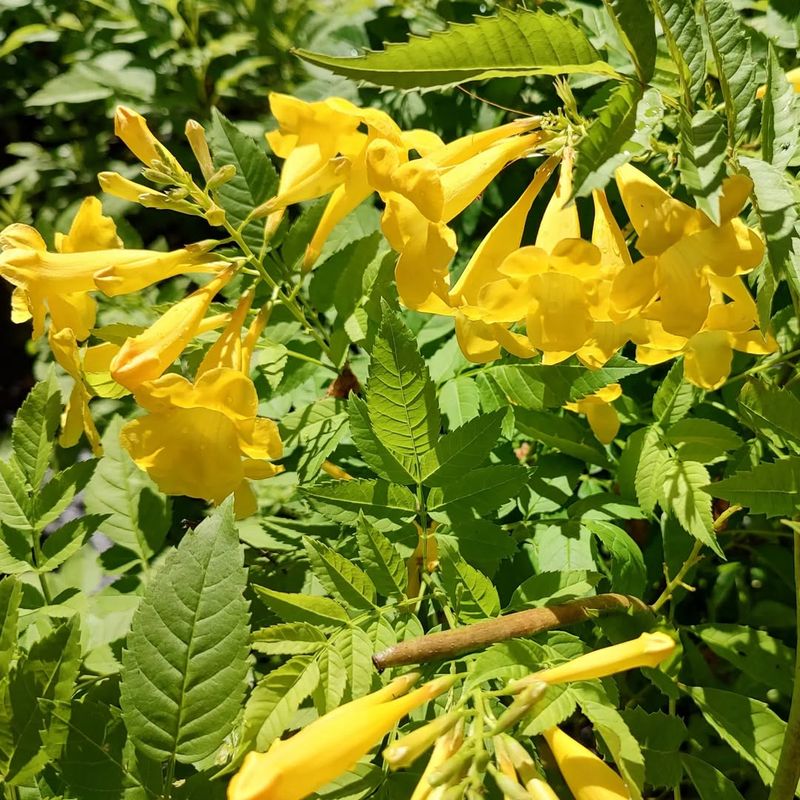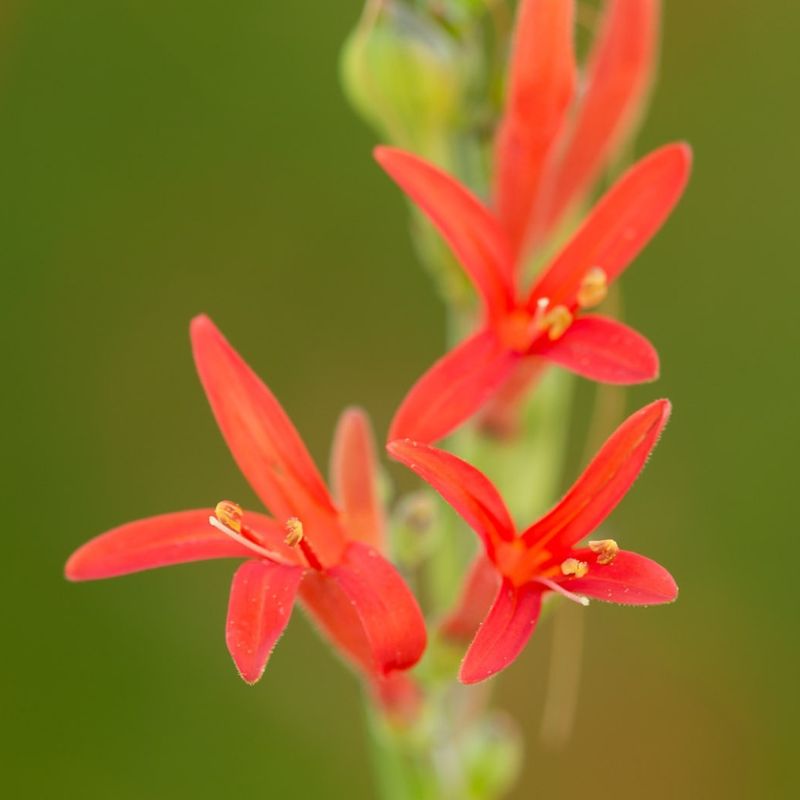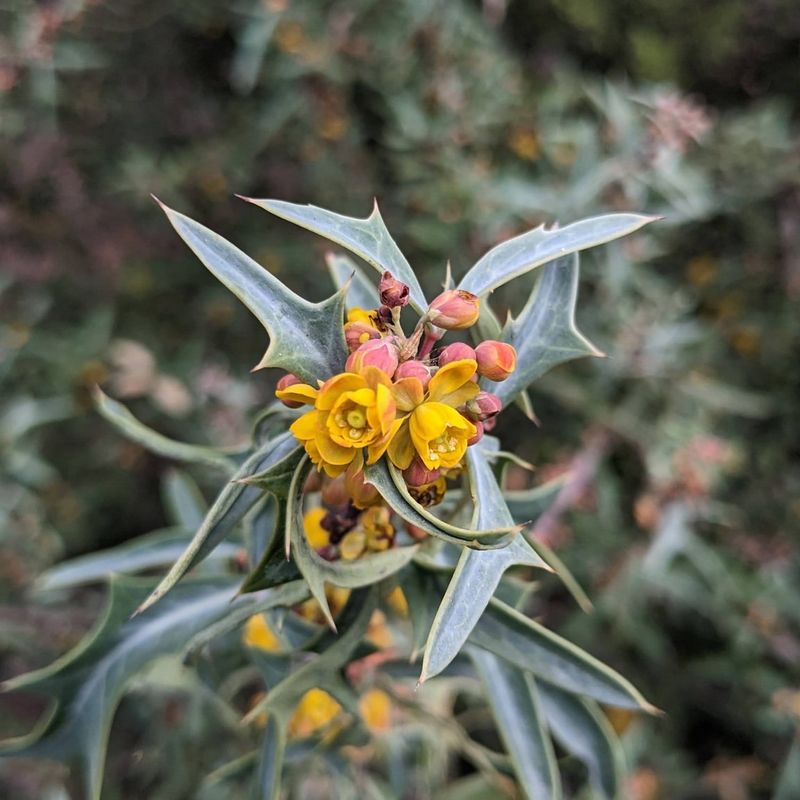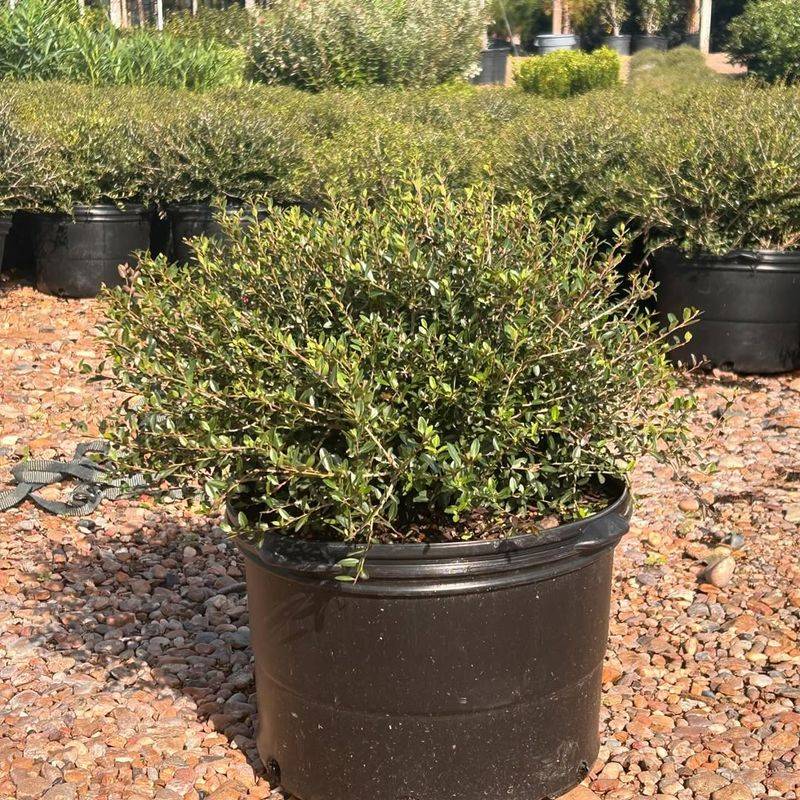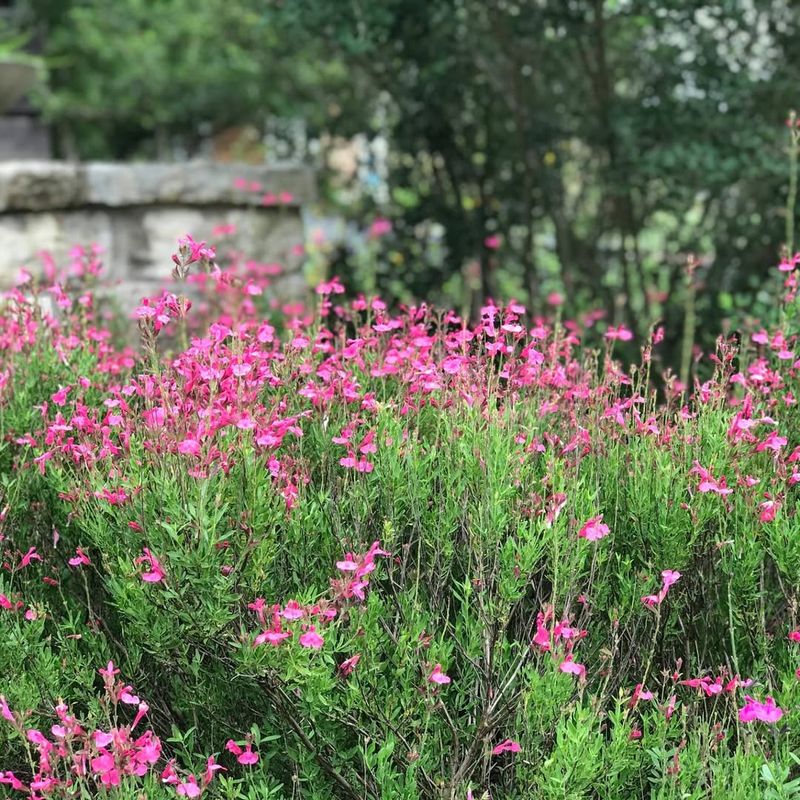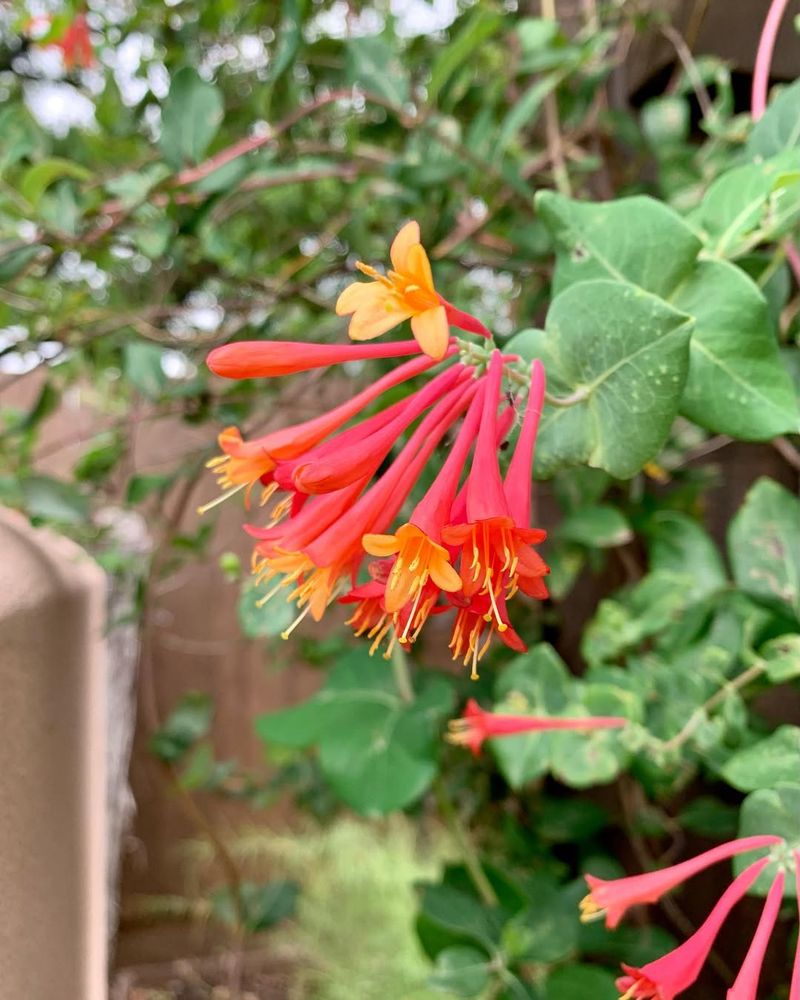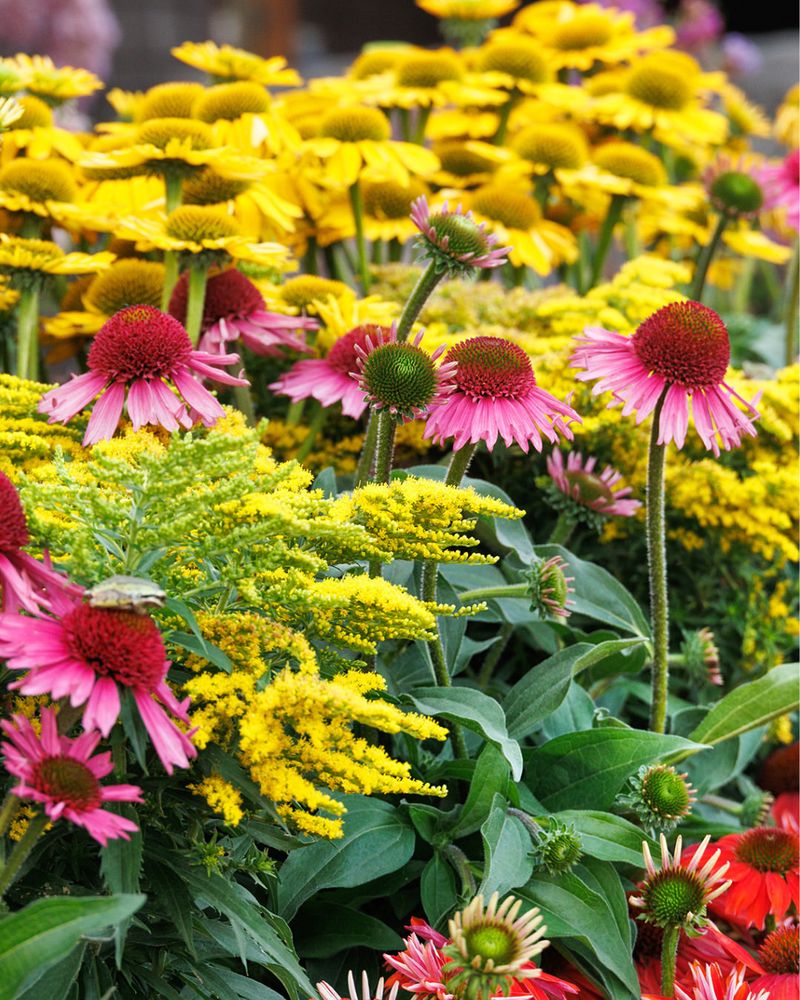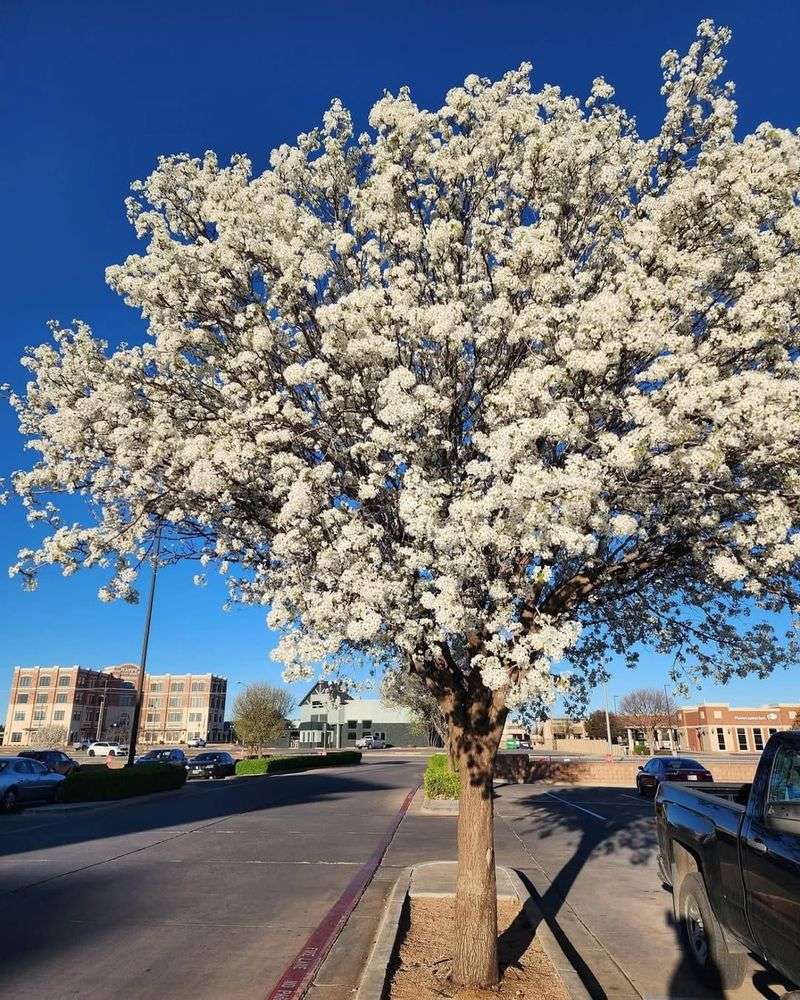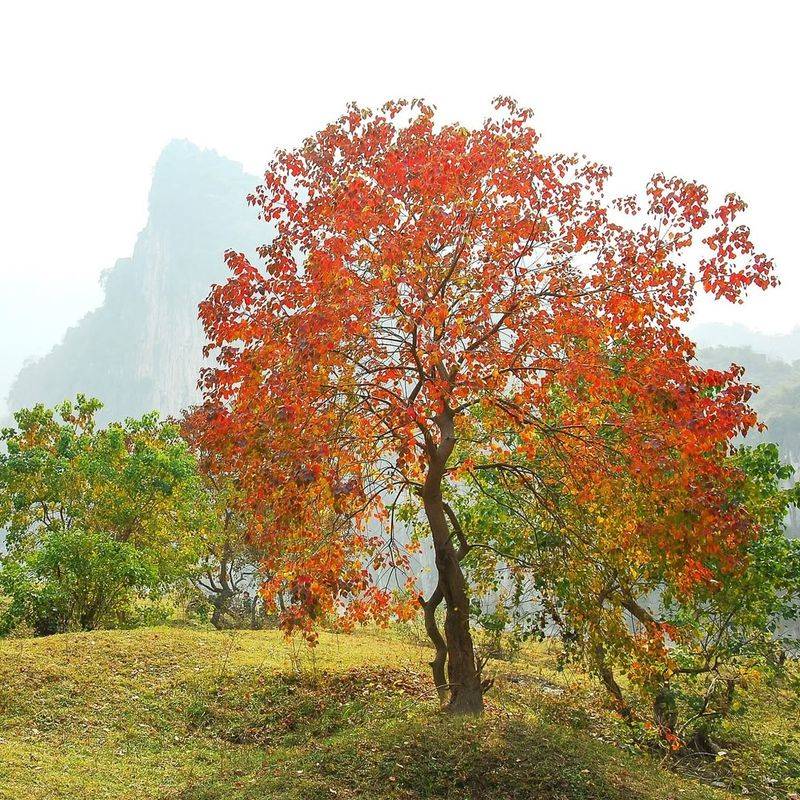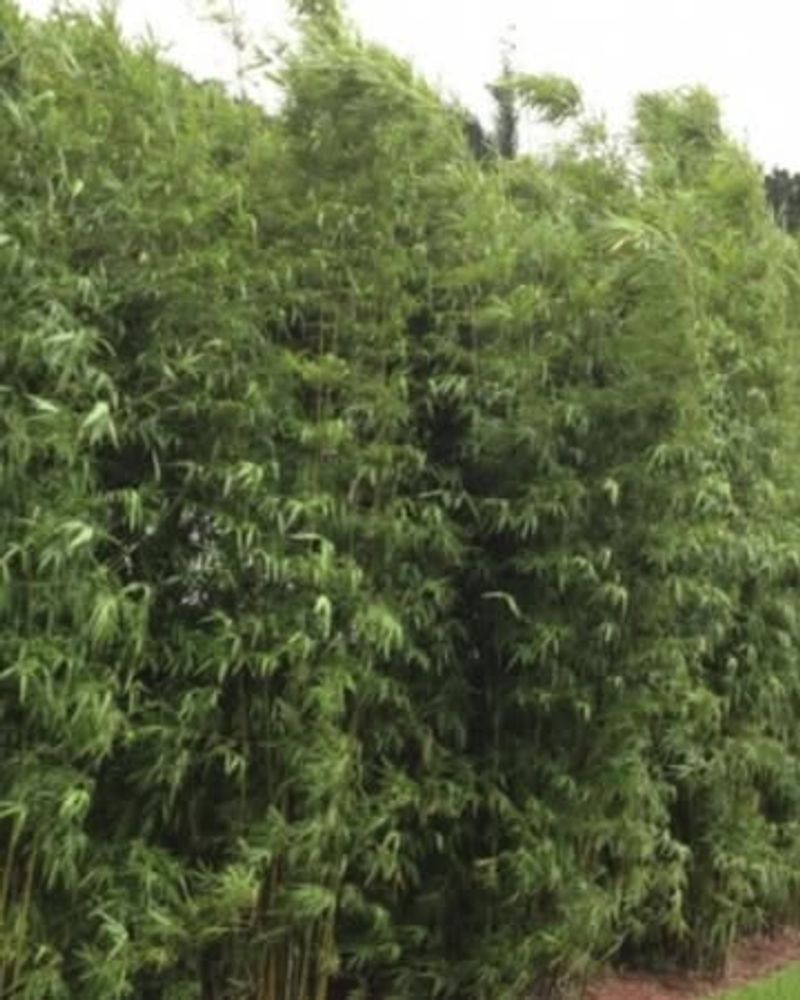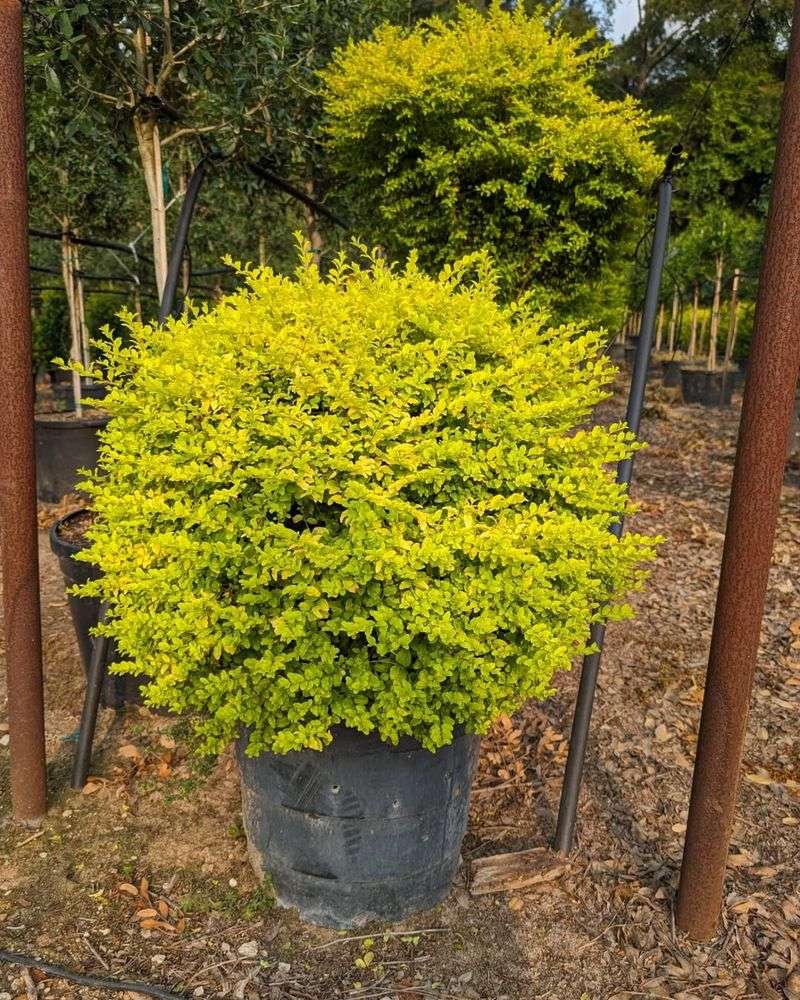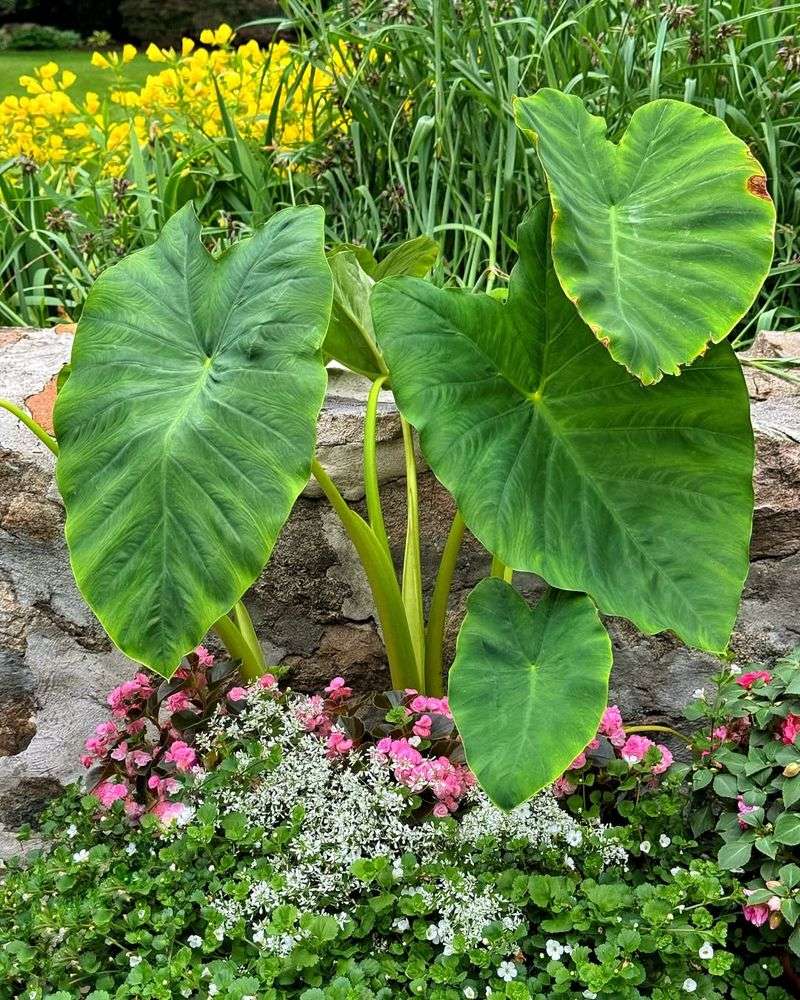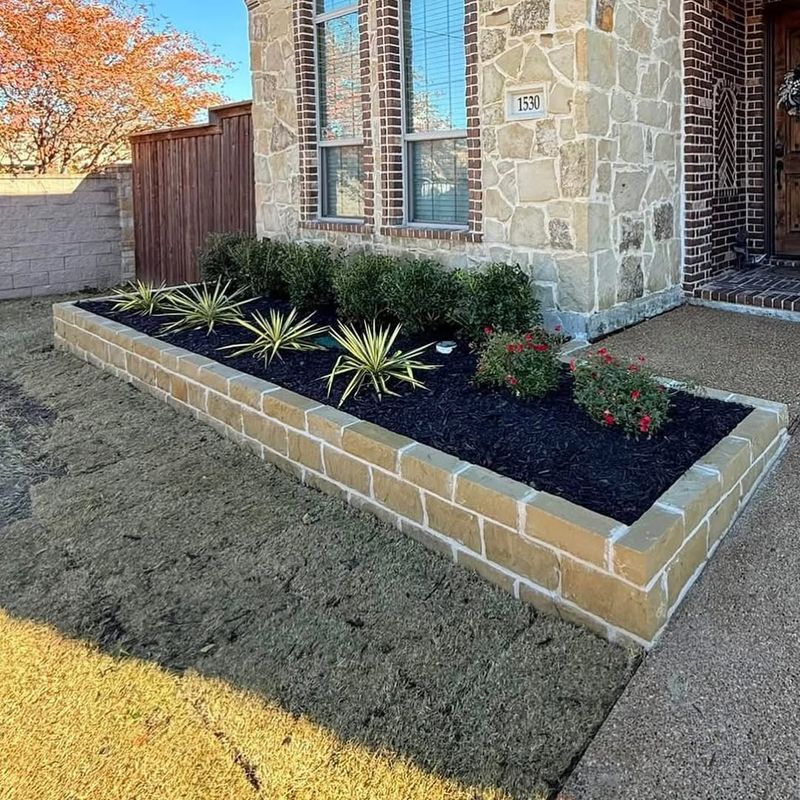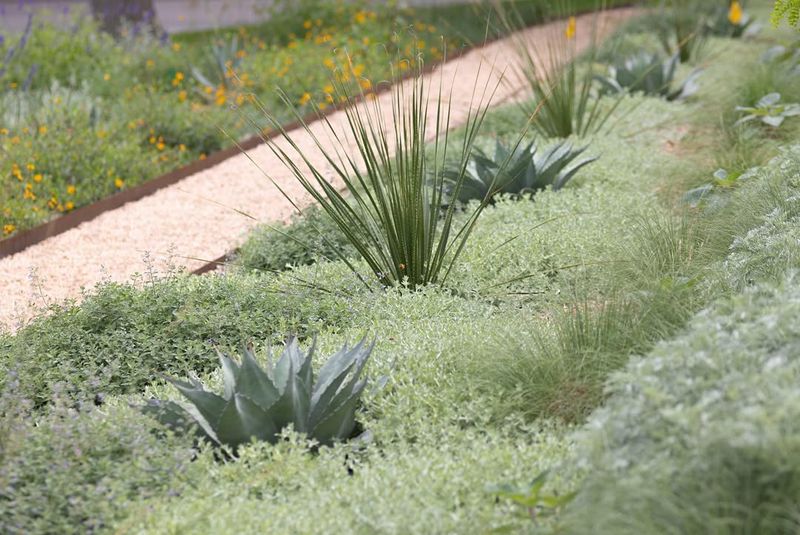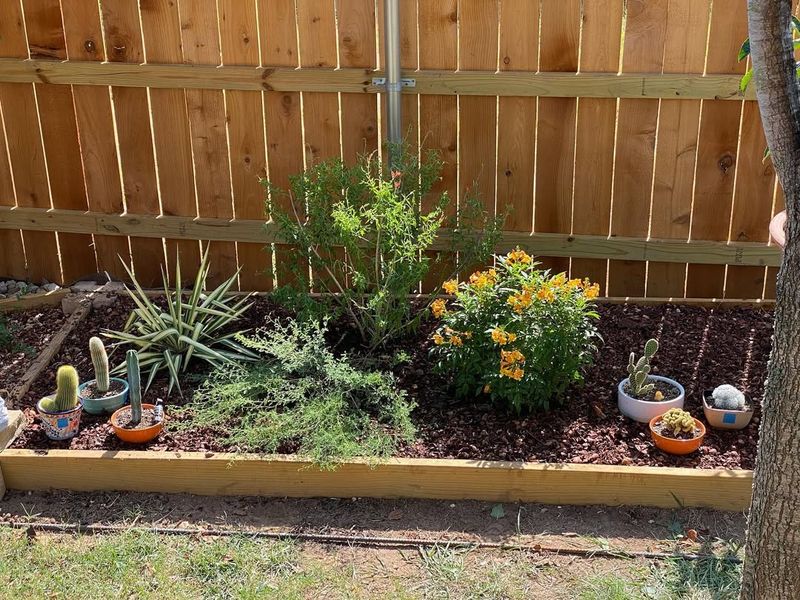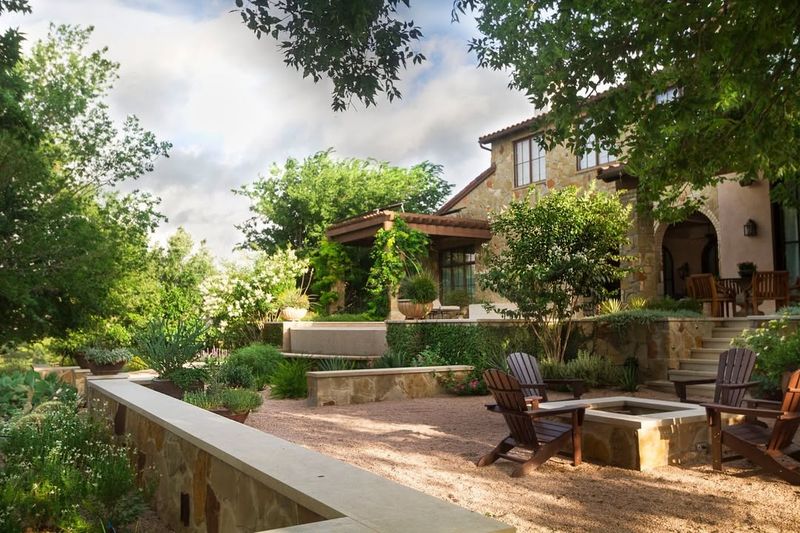Texas-friendly landscaping isn’t just a trend—it’s essential for thriving in the Lone Star State. With diverse climates and ecosystems, gardening here comes with both challenges and rewards. This guide highlights the best plants, trees, and techniques to create a sustainable, low-maintenance landscape. Whether you’re a beginner or a seasoned gardener, you’ll discover how to transform your yard into a beautiful, resilient oasis.
1. Understanding Texas Landscaping
The vastness of Texas brings an array of climate zones, from arid deserts to humid tropics. This diversity affects landscaping choices, making it crucial to understand local conditions.
Soil types vary as well, with sandy soils in the west and clay in the east. Improving soil quality involves adding organic matter and proper aeration.
Water conservation is vital, with strategies like drip irrigation and native plant selection leading the way. Implementing drought-resistant techniques helps in maintaining lush landscapes even during dry spells. Understanding these elements ensures a thriving, sustainable garden in any Texas region.
2. Texas Sage
This hardy shrub thrives on neglect with its drought tolerance and stunning purple blooms. Known as Texas sage, it’s a popular choice for those seeking a low-maintenance garden. It supports local wildlife, providing shelter and food for birds and insects.
Best grown in well-drained soil and full sun, it requires minimal watering. Regular pruning helps keep it compact and encourages blooming. In Texas landscapes, it adds color and resilience with ease.
3. Black-Eyed Susan
A splash of sunshine in any garden, this plant thrives even in dry conditions. Black-eyed Susan is known for its bright yellow petals and dark center, adding vibrancy to Texas gardens. It’s a magnet for pollinators, supporting bees and butterflies vital to ecosystems.
Planting involves selecting a sunny spot and ensuring well-drained soil. Once established, it requires little care, making it ideal for busy gardeners. Its resilience and beauty make it a must-have in Texas landscapes.
4. Mexican Bush Sage
The allure of its velvety purple flowers makes this plant stand out. Mexican bush sge not only attracts pollinators but also adds a touch of elegance to any landscape. Its drought resistance is a boon for Texas gardeners, thriving in hot, arid environments.
Best planted in full sun with good drainage, it requires little more than occasional pruning. Its beauty and benefits make it an excellent choice for eco-friendly gardens. Maintaining Mexican bush sage is a breeze, ensuring vibrant growth year after year.
5. Gulf Muhly Grass
Ornamental beauty meets practicality with this grass, renowned for its pink plumes. Gulf muhly grass is favored for its drought tolerance and minimal care requirements. It offers habitat and food for local wildlife, contributing to biodiversity.
Incorporating it into landscape designs adds texture and movement, perfect for borders or mass plantings. Well-suited to various soil types, it thrives in sunny locations. As a top choice for Texas landscapes, it combines aesthetics with ecological benefits.
6. Yucca
Striking and resilient, this plant is a staple in water-wise landscaping. Yucca’s architectural shape and low water needs make it ideal for Texas gardens. It contributes to eco-friendly landscaping, requiring little maintenance while providing visual interest.
Suitable for different soil types, it thrives in both sun and partial shade. Its white flowers add seasonal beauty, attracting pollinators. By choosing yucca, gardeners embrace a sustainable approach without sacrificing style.
7. Live Oak
Providing shade and elegance, this tree is a Texas icon. Live oak offers longevity and resilience, thriving in various climates and soils. Its spreading canopy is a haven for wildlife, offering shelter and food. Planting involves selecting a spacious area with well-drained soil.
Regular care ensures healthy growth, with pruning essential for maintaining structure. As a cornerstone in Texas landscapes, it combines beauty with ecological importance.
8. Cedar Elm
Adaptable and hardy, this tree thrives in Texas landscapes. Cedar elm is celebrated for its drought tolerance and ability to enhance air quality. Its shade improves urban and suburban areas, making it a valuable addition to any yard.
Best planted in well-drained soil with full sun to partial shade, it requires minimal care. Regular watering and occasional pruning help maintain its health. As an eco-friendly choice, it supports sustainable gardening practices.
9. Texas Redbud
Adored for its early spring blooms, this tree adds a splash of color to any landscape. Texas redbud is known for its adaptability and ornamental appeal. Supporting pollinators, it enhances biodiversity in gardens.
Planting involves choosing a location with well-drained soil and partial to full sun. Care includes regular watering and mulching to retain moisture. As a beloved ornamental, it offers seasonal beauty and ecological benefits.
10. Desert Willow
Elegance and resilience define this tree, perfect for Texas gardens. Desert willow’s drought resistance and beautiful flowers make it a standout choice. Hummingbirds and other pollinators flock to its blossoms, adding life to landscapes.
Planting requires a sunny spot with well-drained soil. Minimal care is needed, with occasional pruning to encourage flowering. Its adaptability across regions makes it a versatile addition to any garden.
11. Anaqua
Unique in appearance, this tree is well-suited to Texas landscapes. Anaqua’s dense foliage offers shade and sustenance for birds and wildlife. Its adaptability to different soil types makes it a versatile choice.
Growing involves selecting a location with good drainage and partial to full sun. Regular watering during establishment ensures healthy growth. As a native tree, it supports local ecosystems while adding structure to gardens.
12. Buffalo Grass
A water-wise solution for lawns, this grass is perfect for Texas. Buffalo Grass offers lush coverage with minimal maintenance, thriving in different climates. Its low water needs make it an eco-friendly choice for sustainable landscaping.
Planting includes preparing the soil and selecting a sunny spot. Once established, it requires little more than occasional mowing. As a natural lawn alternative, it combines beauty with practicality.
13. Texas Frogfruit
Low-growing and charming, this plant enhances any landscape. Texas frogfruit’s beauty lies in its simplicity, providing cover while supporting pollinators. As a ground cover alternative, it benefits bees and butterflies, contributing to biodiversity.
It thrives in a range of conditions, preferring sun to partial shade with well-drained soil. Minimal care is required, making it a favorite for busy gardeners. Incorporating it into landscapes adds ecological value with ease.
14. Silver Ponyfoot
Soft texture meets durability with this plant, favored in Texas landscapes. Silver ponyfoot provides a silvery carpet that controls erosion while adding visual appeal. Its drought tolerance makes it a practical choice for sustainable gardening.
Best grown in sunny locations with well-drained soil, it requires little maintenance. Regular trimming keeps it tidy and encourages growth. As a landscape favorite, it combines aesthetics with functionality.
15. Horseherb
Native and low-maintenance, this ground cover thrives in Texas. Horseherb provides greenery with minimal water and care, supporting biodiversity. Its adaptability to shade makes it a versatile alternative to traditional grass.
Establishing it involves selecting a location with adequate moisture and partial shade. Once settled, it requires little more than occasional trimming. As an eco-friendly option, it enhances landscapes with minimal effort.
16. Texas Lantana
Vibrant and hardy, this plant is a garden favorite. Texas Lantana offers colorful blooms while attracting butterflies and deterring deer. Its low-maintenance nature makes it ideal for busy gardeners seeking visual appeal.
Best planted in well-drained soil with full sun, it thrives with little care. Regular pruning encourages blooming and maintains shape. In Texas landscapes, it adds color and wildlife support effortlessly.
17. Esperanza (Yellow Bells)
Striking and resilient, this plant thrives in the Texas sun. Esperanza, or Yellow Bells, offers vibrant yellow blooms that enliven any garden. Its drought resistance is a bonus for eco-conscious gardeners.
When planting, select a sunny, well-draining spot. Pruning encourages more blooms and keeps the plant tidy. As a landscape staple, it combines beauty with practicality in dry conditions.
18. Flame Acanthus
A fiery addition to any garden, this plant attracts hummingbirds with ease. Flame acanthus thrives in drought conditions, offering seasonal color and ecological benefits. It requires well-drained soil and full sun for optimal growth.
Choose a location with good drainage and plenty of sunlight. Minimal care is needed, with occasional pruning to encourage flowering. As a must-have for Texas gardeners, it combines beauty with wildlife support.
19. Agarita
Resilient and useful, this shrub is a Texas native. Agarita offers drought resistance and supports pollinators with its blooms and berries. Its thorny structure serves as a natural barrier, enhancing security and biodiversity.
Planting involves choosing a sunny spot with well-drained soil. Minimal care is required, making it ideal for low-maintenance gardens. Its benefits and beauty make it a valuable addition to any landscape.
20. Dwarf Yaupon Holly
Evergreen and elegant, this shrub is perfect for Texas landscapes. Dwarf yaupon holly offers low-maintenance hedging with wildlife support. Its small red berries provide food for birds, enhancing ecological value.
Best grown in well-drained soil with full to partial sun, it requires little care. Shaping it through pruning ensures a neat appearance. As an evergreen choice, it combines beauty with practicality year-round.
21. Milkweed
Vital for butterfly conservation, this plant is a garden essential. Milkweed supports monarch butterflies and other pollinators, contributing to biodiversity. Various species thrive in Texas, each with specific care needs.
Select a sunny spot with well-drained medium for your milkweed. Regular watering during establishment ensures healthy growth. As a key player in ecological gardens, it supports wildlife while adding beauty.
22. Autumn Sage
Colorful and resilient, this plant blooms year-round. Autumn sage attracts hummingbirds and bees, enhancing any garden’s biodiversity. Its drought resistance makes it ideal for Texas landscapes, reducing water needs.
Planting involves choosing a sunny location with well-drained soil. Minimal care is needed, with regular pruning to encourage blooming. As a garden favorite, it offers beauty and ecological benefits without fuss.
23. Turk’s Cap
A native gem, this plant is a pollinator’s paradise. Turk’s cap attracts hummingbirds and butterflies with its unique blooms. Its shade tolerance adds versatility, thriving in various garden settings.
Place it in a location with adequate moisture and partial shade. Minimal care is needed, with occasional pruning to encourage growth. As a favorite in Texas landscapes, it combines beauty with ecological value.
24. Coral Honeysuckle
Climbing and colorful, this vine adds vertical interest to any landscape. Coral honeysuckle is favored for its ability to attract pollinators, supporting biodiversity. It serves as natural fencing, offering beauty and functionality.
Plant it in a sunny location with good support for climbing. Regular pruning ensures controlled growth and abundant blooms. As a garden staple, it enhances landscapes with minimal effort.
25. Coneflower
A garden classic, this plant supports biodiversity with ease. Coneflowers are known for their resilience, thriving in Texas’ hot summers. Their ability to attract pollinators makes them a staple in ecological gardens.
Choose a sunny spot with well-drained soil for these wildflowers. Minimal care is needed, with occasional deadheading to promote blooms. As a timeless choice, they offer beauty and ecological benefits.
26. Bradford Pear
Despite its visual appeal, this tree poses problems for Texas landscapes. Bradford Pear’s weak wood and rapid growth lead to structural issues. Its invasive nature threatens native ecosystems, making it an undesirable choice.
Planting alternatives like native flowering trees provides similar aesthetics without the downsides. By avoiding this tree, gardeners can support sustainable practices. Its impact on the environment underscores the need for careful plant selection.
27. Chinese Tallow
Invasive and aggressive, this tree disrupts local ecosystems. Chinese Tallow spreads quickly, threatening native plant diversity in Texas. Its presence in landscapes poses ecological risks, making it a poor choice for sustainable gardening.
Native alternatives offer shade and beauty without compromising the environment. Selecting these trees supports biodiversity and conservation efforts. Understanding its impact encourages responsible landscaping practices.
28. Bamboo (Running Varieties)
Rapid and relentless, this plant can overtake landscapes. Running bamboo’s aggressive nature makes it a challenging choice for Texas gardens. Its invasive tendencies disrupt native vegetation and require extensive management.
Clumping bamboo or native privacy screens offer similar benefits without the risk. By opting for these alternatives, gardeners avoid the pitfalls of uncontrollable growth. Understanding the difference ensures a balanced approach to landscaping.
29. Ligustrum
Once a popular choice, this shrub is now a concern for Texas landscapes. Ligustrum’s invasive nature leads to the displacement of native vegetation. Its ability to spread through seeds exacerbates ecological imbalance.
Native shrubs offer similar evergreen coverage while benefiting local wildlife. By choosing these alternatives, gardeners contribute to sustainable practices. Understanding its impact fosters responsible landscaping decisions.
30. Elephant Ear
Tropical in appearance, this plant poses challenges for Texas gardeners. Elephant Ear’s preference for wet conditions leads to invasive behavior. It disrupts native habitats, making it a problematic choice for sustainable landscaping.
Instead, native plants with large foliage offer similar visual appeal without the risks. By selecting these options, gardeners support ecological balance. Its popularity highlights the importance of informed plant choices.
31. Hardscaping And Mulching Tips For Texas Landscapes
Choosing the right mulch can transform any landscape, with cedar, pine, and pecan shells leading the way. These materials offer benefits like moisture retention and weed suppression. Incorporating natural hardscaping elements adds aesthetic and functional value.
Decomposed granite and stone pathways provide a drought-friendly solution, reducing water needs. They create defined spaces and guide foot traffic, enhancing the garden’s flow.
32. Common Landscaping Mistakes To Avoid In Texas
Mistakes happen, but learning from them transforms landscapes. Overwatering and choosing non-native species are common blunders in Texas gardening. These practices lead to wasted resources and ecological imbalance.
Selecting native plants and adjusting watering schedules fosters sustainability. Understanding soil and climate conditions prevents costly errors. By avoiding these pitfalls, gardeners create thriving, eco-friendly spaces.
33. Sustainable Landscaping Practices For A Greener Future
Sustainability starts with informed choices, conserving resources and protecting ecosystems. Xeriscaping and rainwater harvesting are key techniques in Texas gardening. They reduce water consumption while enhancing garden aesthetics.
Incorporating native plants supports biodiversity and resilience. By embracing these practices, gardeners contribute to a greener future. Their impact extends beyond beauty, fostering environmental stewardship.
34. Designing A Texas Landscape For Year-Round Beauty
A beautiful garden thrives across seasons with strategic plant selection. Choosing species that bloom at different times ensures continuous interest. Trees, shrubs, and perennials create layers of color and texture.
This approach enhances visual appeal and supports biodiversity. Balancing sun and shade, moisture, and drought conditions is key. With thoughtful design, gardens flourish year-round, offering beauty and ecological benefits.

